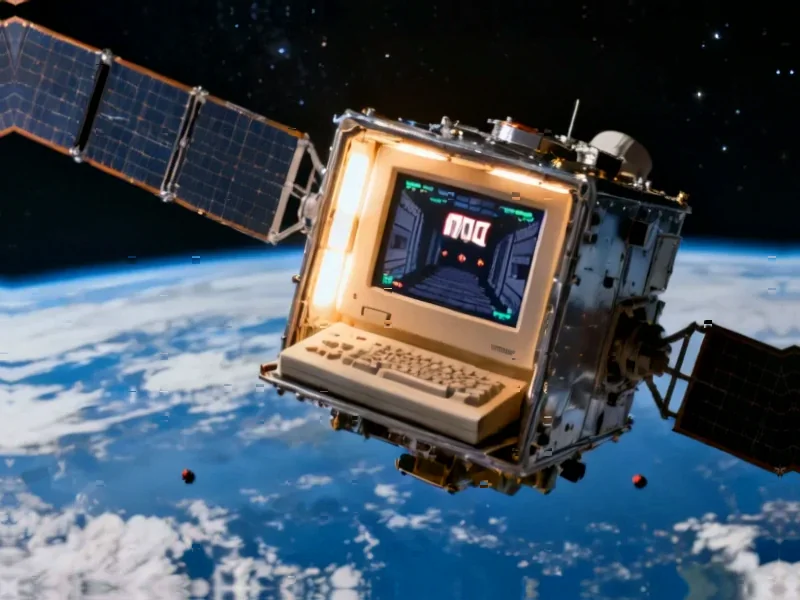According to SpaceNews, SES is leasing the entire Ku-band capacity on SKY Perfect JSAT’s Superbird-C2 satellite, a 15-year-old spacecraft launched in 2008. This emergency capacity grab comes just four months after SES absorbed Intelsat’s fleet in July, which gave them around 90 geostationary satellites—roughly a third more than rivals Eutelsat, Viasat, and Telesat combined. The aging Japanese satellite will be moved to a new orbital slot over Japan for services starting this winter. SES VP Adam Troy cited a “surge in demand” from increased passenger uptake of inflight wifi and streaming. They’re only counting on two to three years of service from the aging bird before it reaches end-of-life, and this marks the fourth SKY Perfect JSAT satellite they’re currently leasing from.
The Bandwidth Squeeze Is Real
Here’s the thing that really stands out: SES just did one of the biggest satellite industry consolidations in years, and they’re still scrambling for capacity. They basically went from having a decent fleet to controlling a massive one overnight with the Intelsat deal. And it’s still not enough. That tells you something pretty dramatic about what’s happening in Asian air travel right now. We’re not just talking about a mild recovery—this is a full-blown connectivity gold rush at 35,000 feet.
What This Means For Travelers
For the millions of people flying through Asia, this is actually good news in disguise. The fact that SES is going to these lengths means they’re dead serious about keeping your Netflix streams from buffering over the Pacific. But there’s a catch. They’re relying on a satellite that’s been in space since 2008. Think about the technology you were using in 2008. Now imagine that thing beaming your Zoom call across continents. It works, but it’s not exactly cutting-edge. The real question is whether this patchwork solution can handle the holiday travel crush that’s coming.
The Bigger Picture
This whole situation reveals something important about the satellite industry’s capacity crunch. Even with all the hype around SES’s multi-orbit strategy and mega-mergers, physical bandwidth over high-demand regions is still a scarce commodity. And Asia is clearly ground zero for the inflight connectivity boom. Airlines are finally installing wifi across their fleets, passengers actually expect to be connected, and everyone wants to stream. It’s creating this perfect storm where legacy GEO satellites—even old ones—suddenly become incredibly valuable assets again. Basically, don’t count the old birds out just yet.




